Zebra
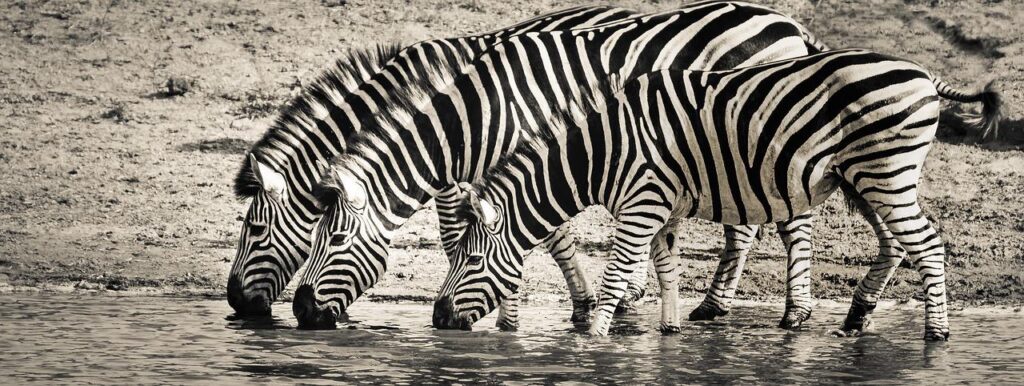
Zebras are black with white strips and are spread throughout the African continent. From grasslands to the woodlands of southern Africa, plains zebras can even be found in semi-deserted areas of countries as diverse and unknown as Ethiopia and Kenya.
Since the zebra can adapt quickly to different conditions, they have even been known to live in mountainous areas and habitats comprised of hills. South Africa, Angola, and even Namibia are synonymous with this terrain.
Zebras can use their stripes as a defense mechanism.
Yak
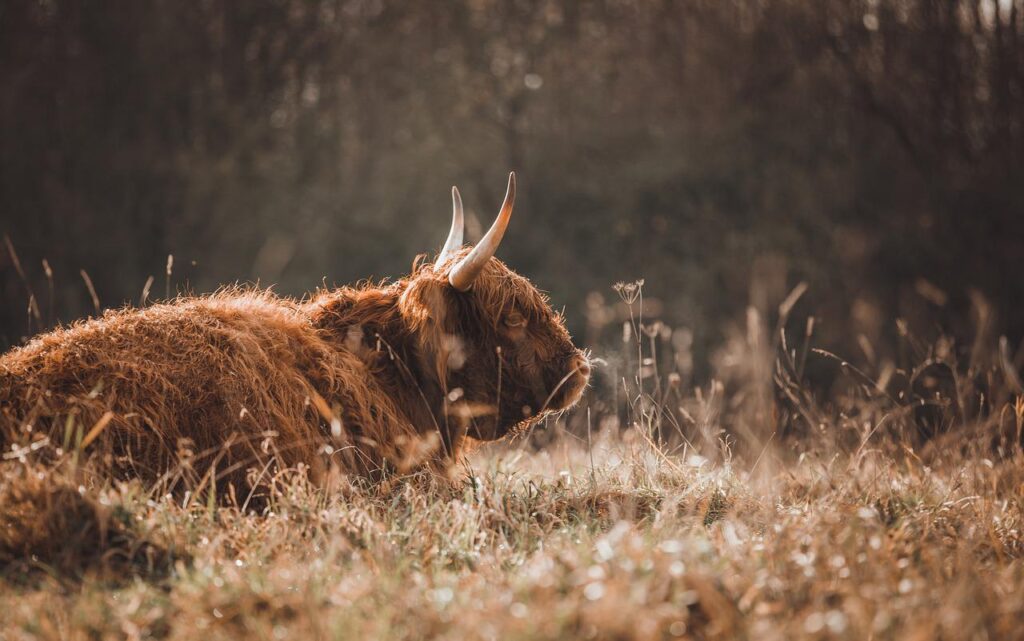
Yaks are the ultimate temperature champions. They can easily survive and thrive in temperatures of -40 degrees
Fahrenheit. There have been many sightings by trained researchers that have caught sight of these great beasts taking baths in lakes and other bodies of water of equal size. These baths were all taken at -40 degrees Fahrenheit temperatures. They can survive these bouts with the champion cold of winter due to their warm coats.
A yak’s coat provides insulation and this is possible because of the outer and think coating that is made up of long hair.
Wildebeest
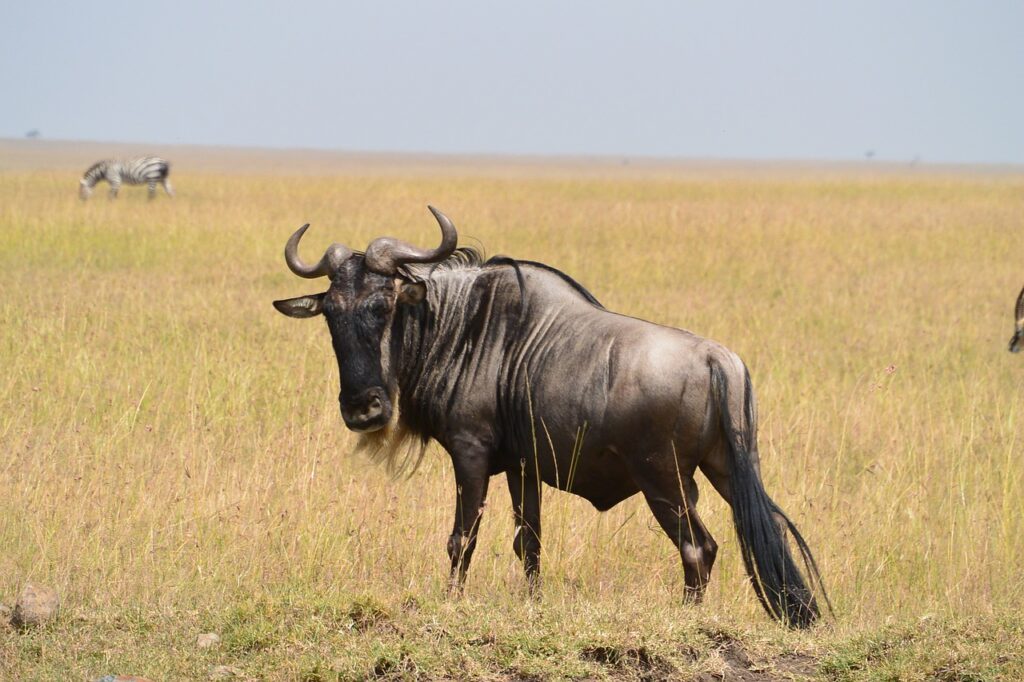
Wildebeest are known as gnu by the tribes that live in the lands dominated by these great beasts. Wildebeest are technically antelopes that measure between 45 and 55 inches from their shoulders.
They weigh in the range of 300 pounds up to 600 pounds. In total, the wildebeest are around 5 and up to 8 feet in length. They have a long tail that is 14 to 22 inches in length.
The wildebeests got their name from the Dutch who colonized South Africa.
Waterbuck
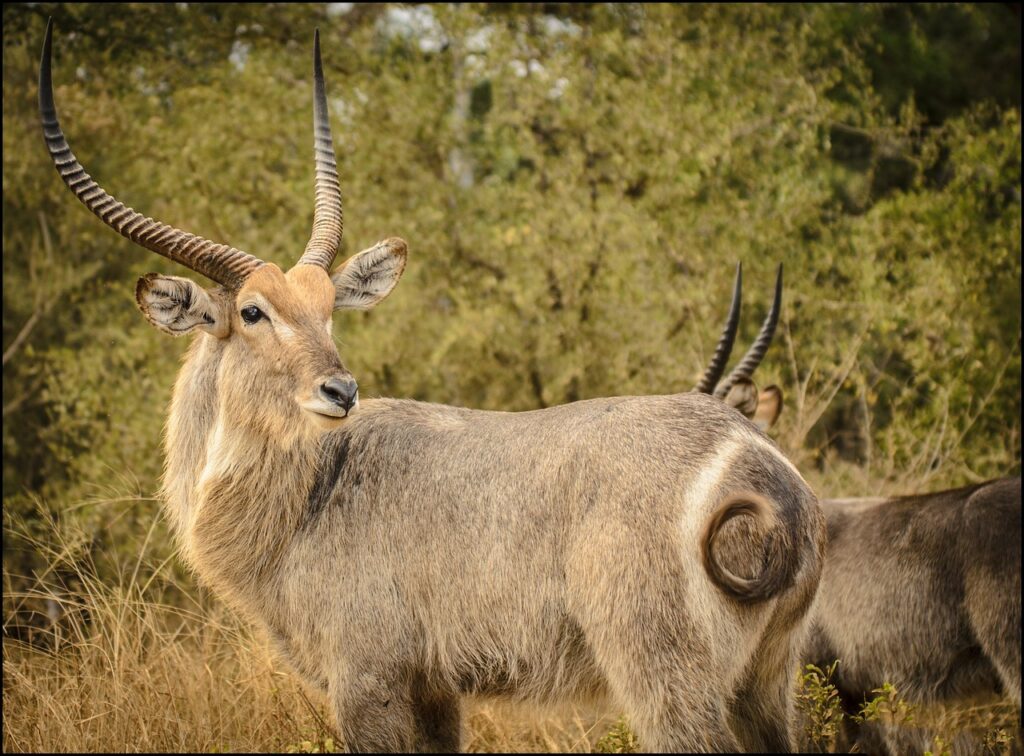
Specifically known as the defassa waterbuck, they are robust and large animals. They can be seen sporting long hair that is ill-kept and a brown and gray coat to top it all off. These waterbucks ooze an oily substance through their coats and sweat glands.
The reason for this strange biological behavior is to repel water, making it easier to traverse through said environments. Waterbucks have white patches of hair around their nose and mouth.
The waterbucks are very agile swimmers.
Vicuna
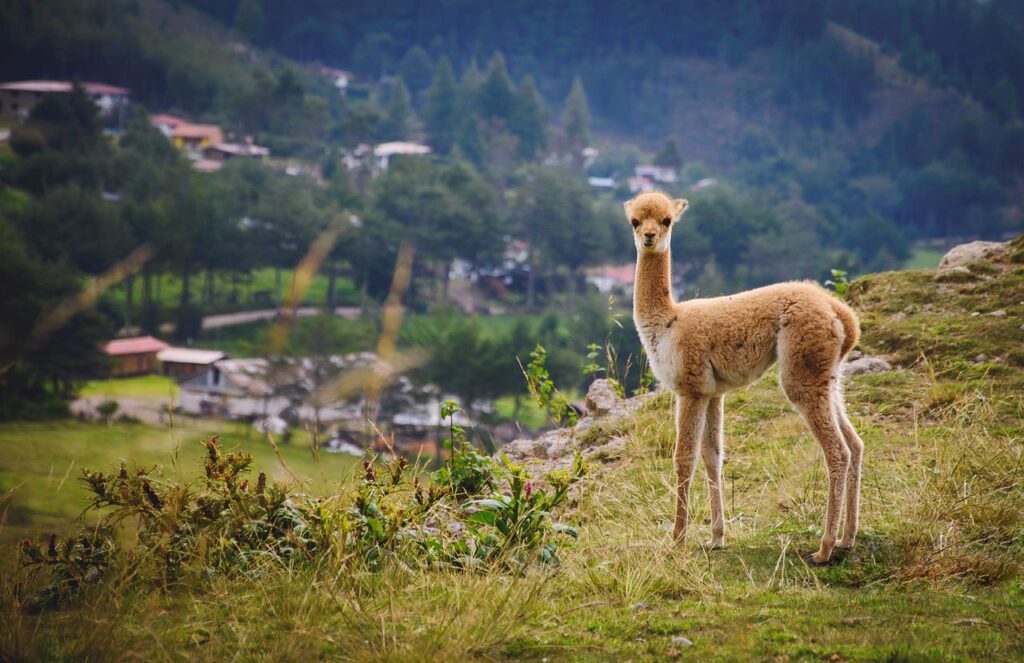
Much can be said about the Vicuna, who are native to South America. These great creatures are regarded as the wild ancestor of the alpaca, and their cute appearance has garnered them much admiration and created a loyal fan base worldwide.
At least from the scientific community. The colors on their heads can vary. Ranging from a reddish brown to a more outstanding yellow, but that is not all. Their necks are a dim orange.
Vicunas are only found in areas with plentiful drinking water.
Urial

They are horned and majestic; the Urial can intimidate anyone with their impressive head display. The Urial is also known to go by the names of markers and even strange shapes.
At the time of this writing, six to nine subspecies were recognized. They are separated into these groups due to the differences that can be found in their coats. Namely, the size and color of said coats. Generally, the fur that comprises their coats is dark to
reddish brown.
Only the males have massive horns.
Topi
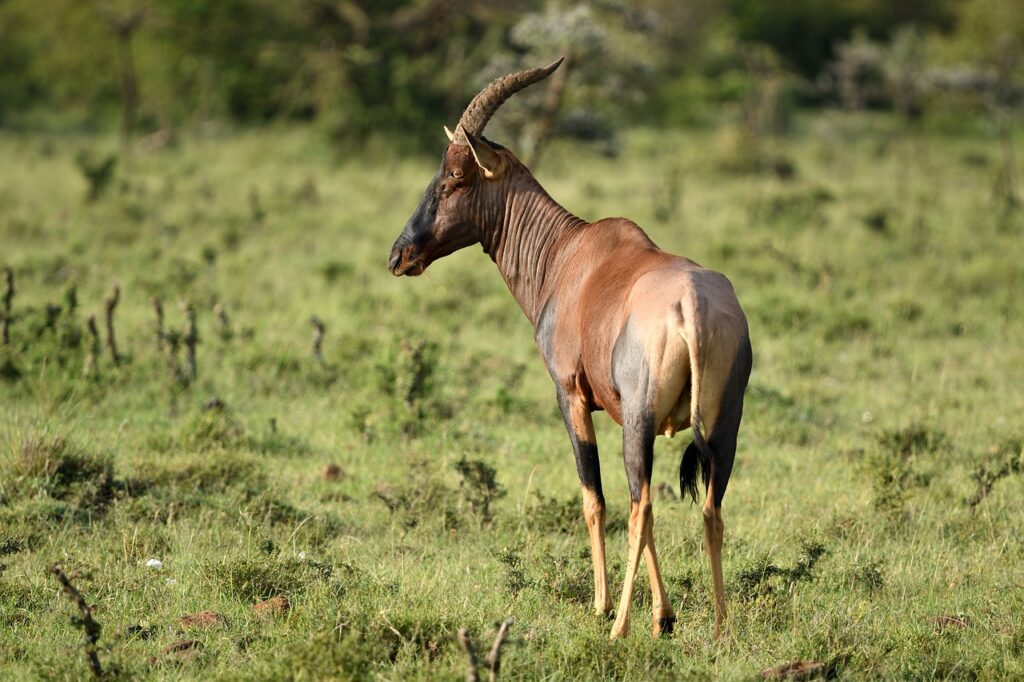
Topis are known for being two things, highly protective of their territories and very adept at running. These fast-running mammals sport red and brown coats and are highly intelligent. The males of this species have more features that can be considered distinct than the females.
These mammals are broken up into herds with one dominating male and several females around him, as well as any children that the male and females created. The males are both taller and darker than the females.
There are five subspecies of Topi in total.
Tapir
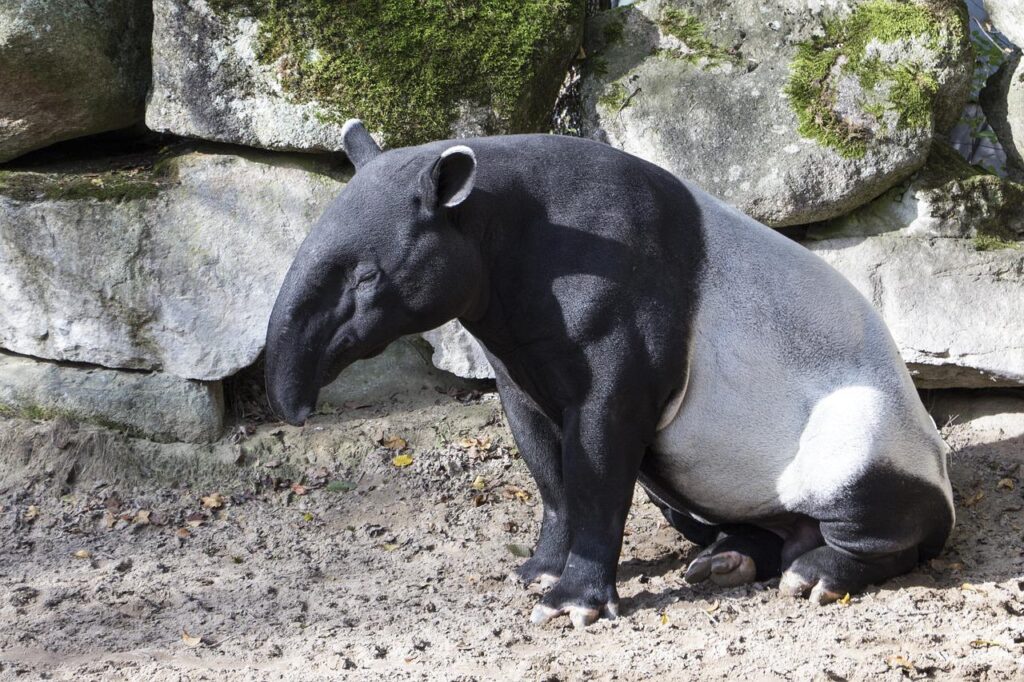
Tapirs have a very strange appearance but looks are not everything, especially in the animal kingdom. Their appearance is best described as a mixture of an elephant and a wild hog.
The Thai word for Tapir means “the mixture is finished”. They are creatures that can adapt to many environments and have been known to have evolved considerably throughout all of their time here on the blue planet known as Earth.
The Tapirs are considered living fossils.
Springbok
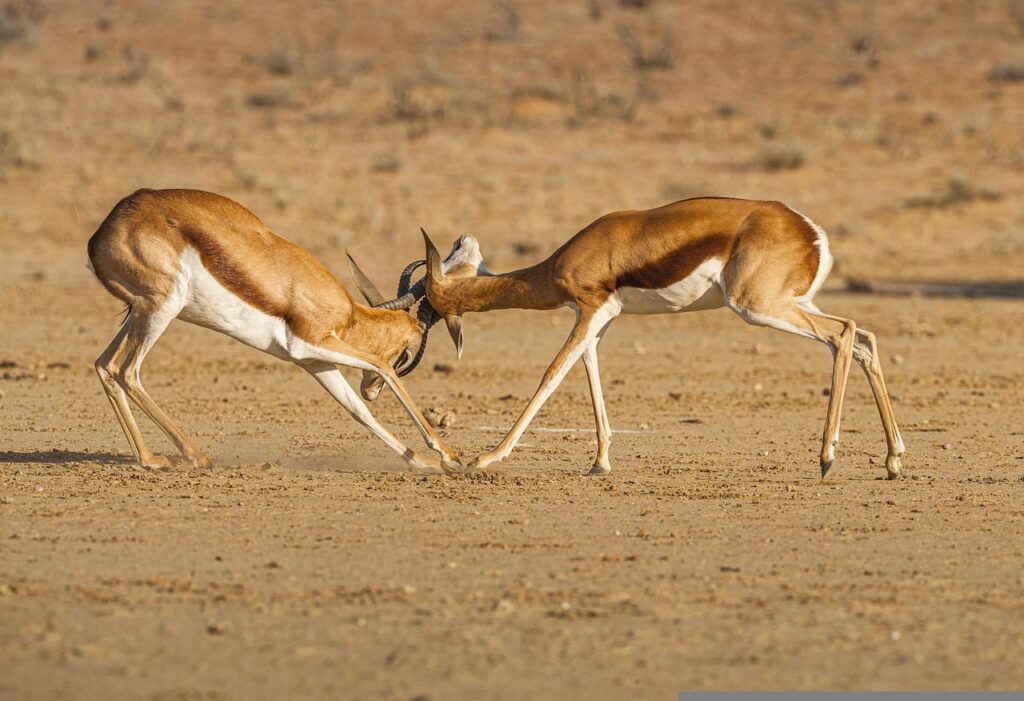
They are elegant and athletic. The Springbok get the “spring” in their name due to their astonishing ability to leap high into the air. Many researchers have even seen them be able to jump into the air to avoid predators and get a better look at their surroundings.
They can reach 59 to 77 inches in length, so they aren’t exactly the biggest animals in the world, but this only serves to aid them in their high-flying abilities.
Springboks are known to be most active at dusk and dawn.
Rhinoceros

What hasn’t been saying of these terrific creatures? A horn that can pierce the sky brings it a great offense to pair with the excellent defense provided to it by its thick and rough hide.
Unfortunately, these magnificent beasts are being hunted to extinction by American hunters. The American hunters engage in the massacre of these beasts for bragging purposes and photo shoots.
In total, around the entire world, there are 5 species of rhinoceros.
Rhinos can weigh up to 3 tonnes.
Reindeer

Throughout the region of North America, the reindeer also goes by the name of Caribou. This species is unique to other animals because both males and females grow antlers.
An amazing fact about these animals is that their noses are designed to warm the air they breathe before reaching their lungs. This provides them a might defense against the cold. They have been known to migrate up to 3,000 miles in one year.
Some sub-species have knees that make a clicking sound as they walk, not to lose each other in a blizzard.
Pig
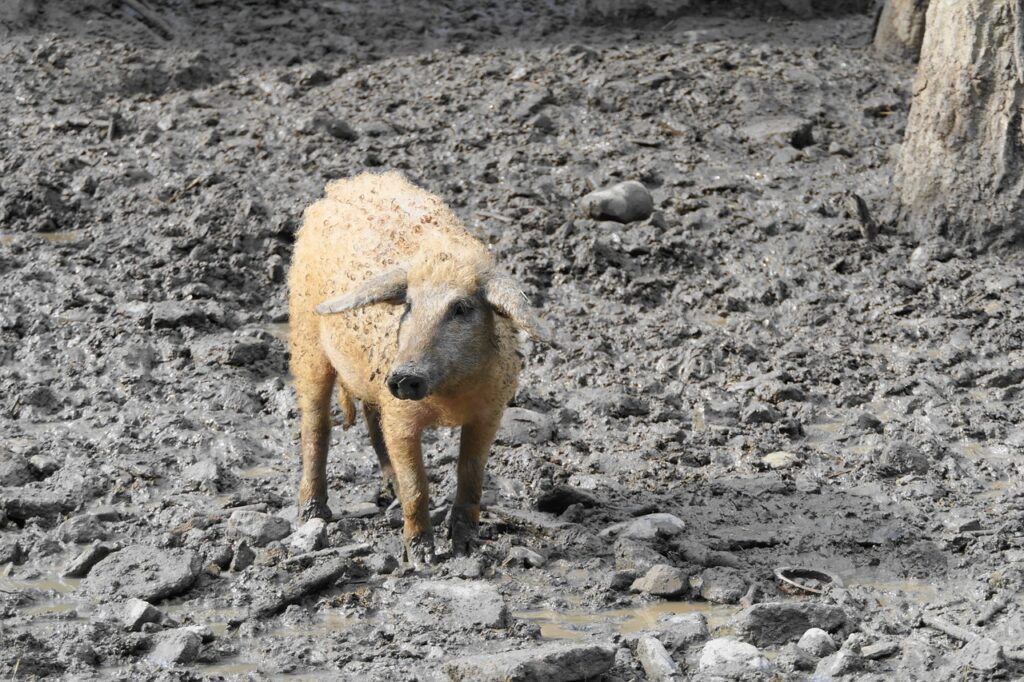
Pigs are highly intelligent creatures among the animals closest to humans when comparing DNA and mental capacity. Pigs have been known to use tools to aid them in their search for food. They can also teach this behavior to other pigs.
This proves that pigs are aware of some level of their mental capabilities because they know what they know and don’t know.
Pigs roll around in the mud to cool off as they don’t have any sweat glands.
Okapi
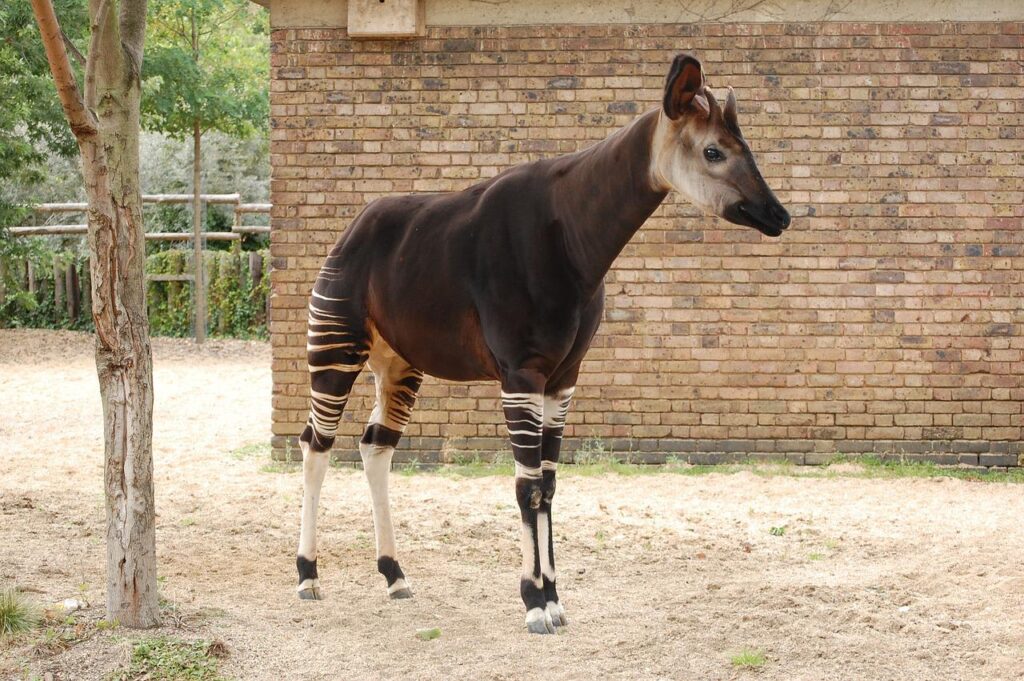
Okapis are a mixture of a whole assortment of different animals, at least on the surface. When kept in captivity and deprived of the freedom that all wild animals deserve and long for, Okapis can live up to 30 years.
Many animals must choose between sacrificing their freedom for longevity or living free and dying young. They can weigh up to 440 to 600 pounds. They are eight feet in length but five feet in height.
Okapi is not as small as one would think.
Muskox
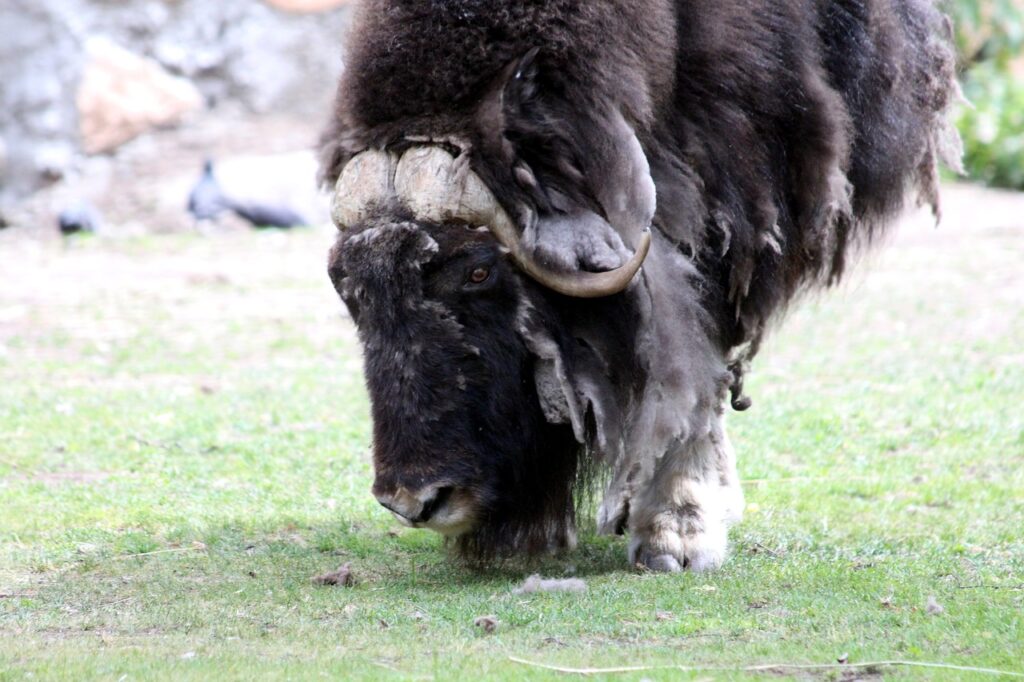
Muskox lives in one of the most perilous and dangerous environments in the world, the Arctic. They travel around in herds and stand around 4 to five feet. Surprisingly, this makes them shorter than the Okapi from before.
Although, on average, they weigh more than the okapi. Muskox can weigh anywhere from 500 to 800 pounds; talk about mass! Their lifespans are much shorter, and this is no doubt due to the cold.
Muskox can live up to 20 years.
Hippopotamus

The hippopotamus is very fast and extremely dangerous. They are known to be territorial and have a short temper, so it is always best to stay
away from them. The strength they pack in their enormous maws can crush a watermelon in one clamp. Turning a massive fruit into a delightful afternoon snack.
Hippopotamus are semi-aquatic mammals as they choose to spend large amounts of time in the water. Males can reach heights of 1,5 meters tall and 3.5 meters in length.
The hippopotamus can weigh 3,200 kilograms!
Llama
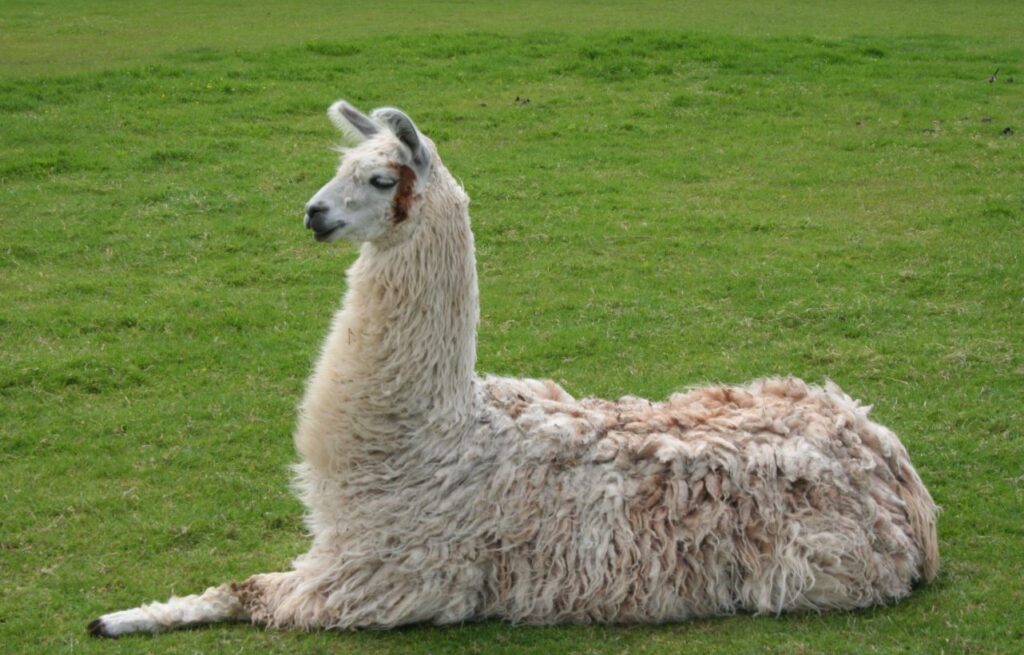
In the Andes mountains of Peru, the primitive people of Peru have been shearing Llamas and using their fur for the last 6,000 years. Their fur is used for everything, including clothing and the textile industry.
Llamas are extremely fast animals that can reach up to 40 miles per hour. Don’t try and play with these agile animals, or you will suffer the consequences.
Don’t annoy Llamas because they can spit in your face.
Horse
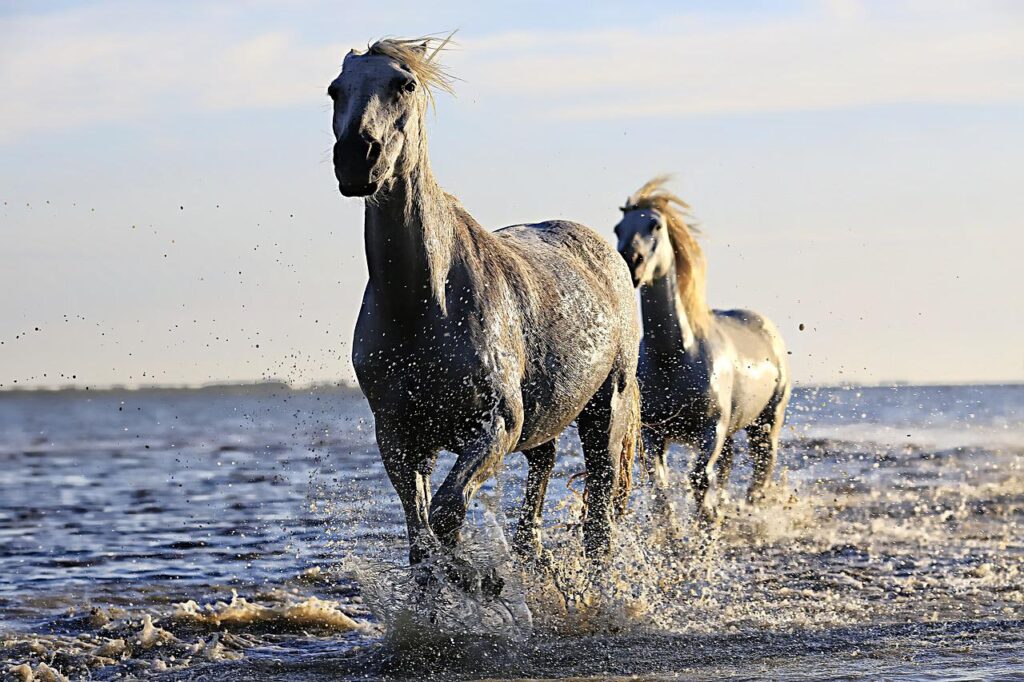
Horses can not breathe through their mouths and can sleep standing up. These are just a few interesting facts about these creatures that are a favorite among women worldwide.
Horses have incredibly fast reflexes, which is why they are used in competitive sports. Horse-based sports are even common in the Olympics.
Horses have excellent ears, comprised of 10 different muscles.
Horses can see a 360 field of vision.
